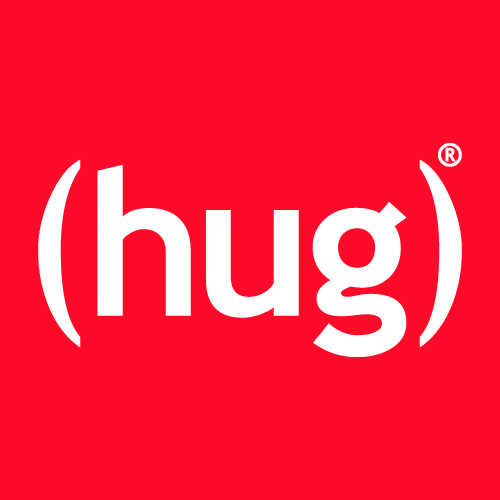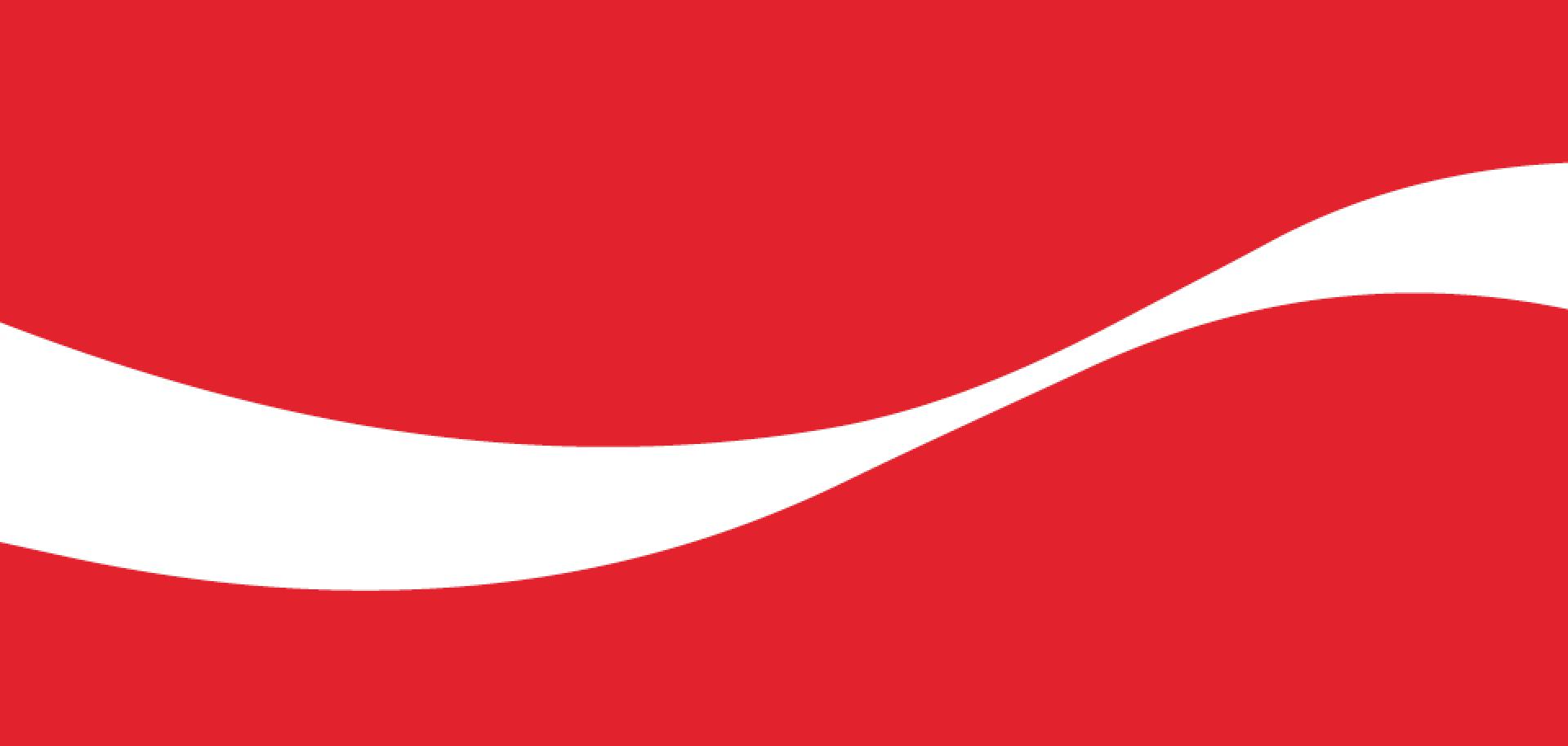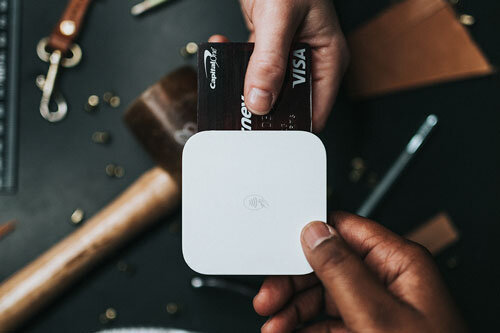Branding for start-ups: Why you need more than just a logo
(6-7 minute read)
“We need branding. Can you design a logo for us?” Yes, we can - but… branding your startup is about a lot more than a nice looking logo. Read on to learn why.
You’re about to start a new business, and you know that your branding is important - so you get online and Google ‘logo for a new startup’. Job done, right? Wrong.
The problem is, a logo is just a tiny fraction of the branding you need for your startup. If you want your startup to grow, stand out, and have a chance against your competition, there’s a lot more to take into account.
Starting a new business isn’t easy, we know. There’s a lot to think about, a lot to learn, and hundreds of mistakes waiting to be made. But, getting your branding wrong (or not considering it at all) is one mistake that can cause irrevocable damage and should be avoided at all costs.
As a startup, you’re more than likely to be feeling strapped for cash. In the rush to grow fast and make back your investment, or attract investors to your budding business, cutting corners is tempting - but when it comes to branding, cutting corners can be devastating. Branding is an investment, not an expense and its ROI can be immense.
A logo is not your branding
We cannot stress this enough: a logo is NOT your branding.
It’s a part of your branding, yes. But it’s not enough. Your brand should be instantly recognisable, even without your logo being anywhere in sight.
Take the following image, for example. What do you think when you see it?
Without any copy or a logo in sight, it’s an instantly recognisable brand. And that’s the goal with your startup branding.
If branding isn’t a logo, what is it?
As a business, your logo is your identifying mark (an avatar, if you will) - and the central visual element of your brand. But, it’s vital that each part of your visual communication is seamlessly aligned.
Great business branding evokes an emotional response in your customer and, to achieve this, you need to extend your imagination beyond just the logo.
Think about Nike. Their branding may seem misleadingly simple: a tick, and an instantly-recognisable slogan, what’s the big deal?
But a great deal of time (and even more money) was spent on creating their trademark swoosh and ‘Just Do It’ slogan.
Uplifting and energising, Nike’s branding inspires and motivates - which are precisely the two emotions that will move people to purchasing sportswear. But, if inspiration and motivation were only communicated through Nike’s logo, the sportswear giant would be much less successful. Nike’s success has been its ability to tap into those emotions throughout their branding, and driving their marketing strategies with branding front of mind.
In over 50 years of business, Nike have adapted to the changing times without ever compromising on the values of their brand. They sell more than just products; they sell a lifestyle.
How is startup branding done?
Nike illustrates the core point well: a logo is great, but it’s the professional branding that generates the emotions and values that the logo stands for. Without branding, it’s just an image.
For your cash-strapped startup, branding is equally (if not more) important - but you don’t have the budget for Nike-level branding.
The good news is that you don’t need a huge budget. Instead, whether you’re doing your own or using a startup branding agency, you need to be absolutely sure of your vision, your visuals and your voice.
The Three Vs are crucial for getting branding right. Getting these right creates the foundation for your branding - and can propel your startup to success.
Step One: your startup vision
You’ve Googled ‘startup branding agency’ and found a couple that suit you. Before you make a decision, it’s vital that you figure out if they’re a good fit. Working with the wrong designer or the wrong agency can result in confusion, disappointment and wasted money.
Once you’ve found your branding agency, it’s time to jump right into the visuals, right?
Wrong.
Before you even utter the word ‘logo’, you should tell your startup branding agency everything you can about your business.
What do you do? What do you want to do? What do you stand for? What is your message? Who are you talking to?
All of these questions, and your answers to them, will help form the VISION part of your branding.
Also known as business strategy, your startup vision will inform every step of the branding process - from your logo and colour scheme, right through to how your employees speak to customers and even how you behave behind the scenes. It’s not just about the visuals: your vision should bleed into everything your startup does, from the ground up.
It’s also the perfect opportunity to scope out the competition: who do you like shopping with? Who communicates well? Who don’t you like the look of? Who inspires you? What can you do better than them?
If you can answer all of these questions, you’ve got solid foundations for building a great brand.
Step Two: your startup visuals
Now’s the exciting part: you can start translating your vision into a visual representation of your startup.
With your answers to the questions asked at the vision stage, you and your branding agency can begin working together to ensure that your logo, colour scheme, typeface, illustrations and any other visual elements you might need actually work with your values, and communicate your vision effectively to onlookers.
The colours and shapes used in logos and graphics aren’t just there to be pretty: they tell stories. Logos and colour schemes convey messages more quickly than words can, subliminally.
By now, we’ve all seen the hidden arrow in the FedEx logo and we all appreciate the smiling A-Z element of Amazon’s logo - these visual elements help to convey the values of the brand, without us even realising.
Similarly, the blues of AMEX and Ford convey professionalism, while the deep reds and purples of Coca Cola and Cadbury’s convey passion and luxury.
Combined, the power of visual storytelling is compelling. All of these subliminal messages can be transmitted with a brush colour and the tweak of a shape, but without the vision in place, the branding project would be flying blind. Neither you nor your branding agency would really know what you need, or which direction your startup is going in - and you’d risk ending up with something that looks great, but means nothing.
Step Three: your startup voice
You’ve nailed your vision (strategy) and your visuals: great start! But, these alone won’t be enough for a solid brand for your startup.
The final piece of startup branding puzzle is your voice.
Think about these questions to get the creative juices flowing: what are you saying to your audience? How are you saying it? When are you saying it? Why are you saying it?
Your voice should tie in seamlessly with your visuals - and vice versa. Go back to your original vision and strategy and pick out a minimum of three key qualities or values or traits that you feel represent your startup. These values will form the basis of your voice: the language you use to communicate with your audience.
This voice will be used in every aspect of your branding and marketing: copy and content for your website, social media, stationery, business cards, flyers, press releases, and every other conceivable marketing channel your startup is using. Different tones of voice across your channels will confuse your audience and send them running to your competitors, so it’s crucial to settle on a voice that really feels right for your startup.
Consistency is key
Addressing the Three Vs will set you on the right path towards creating a memorable brand for your startup, but we’ve saved the most important thing for last: consistency.
Startup branding isn’t a logo, or a business strategy, or a tone of voice: it’s all of them, combined. Your brand is the convergence of psychology and design.
If you’re using different colours on different social media platforms, or different typefaces across your blog posts, you’re going to have a very confused audience. Keeping it consistent is essential for building trust, familiarity and reputation for your startup - which will, ultimately, generate sales.





